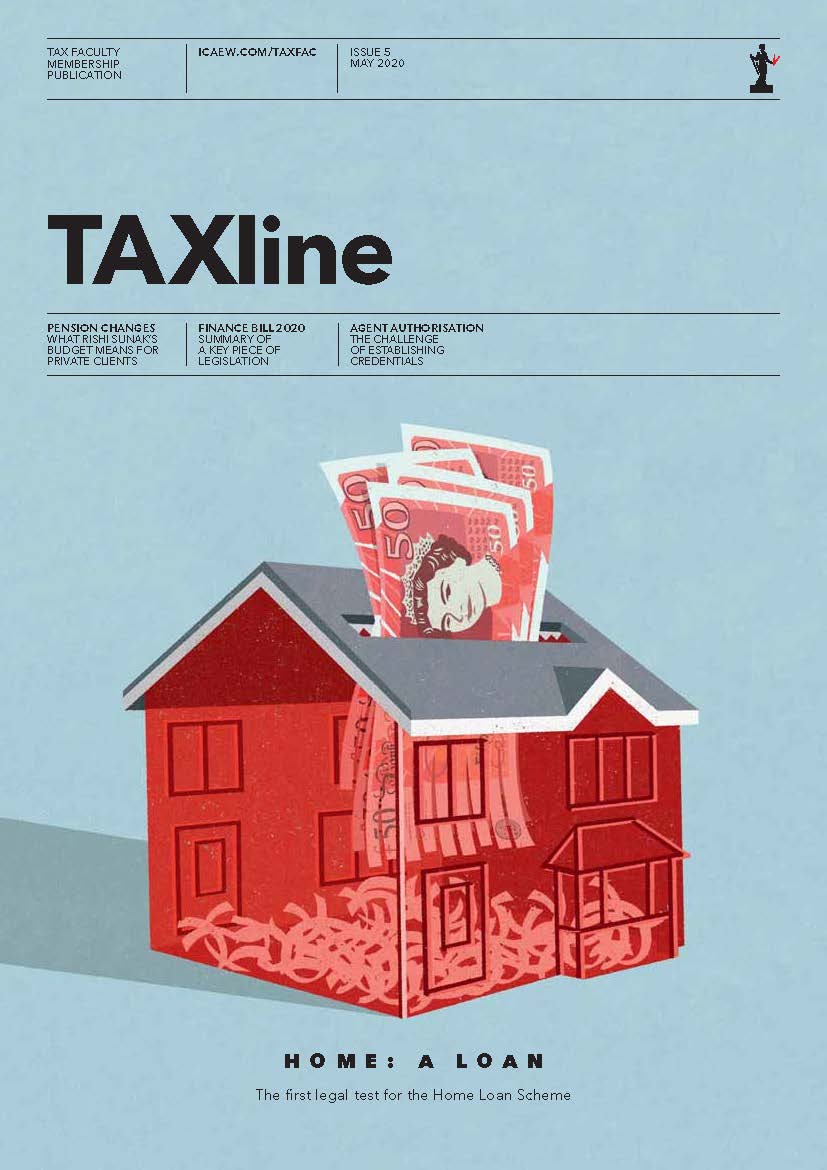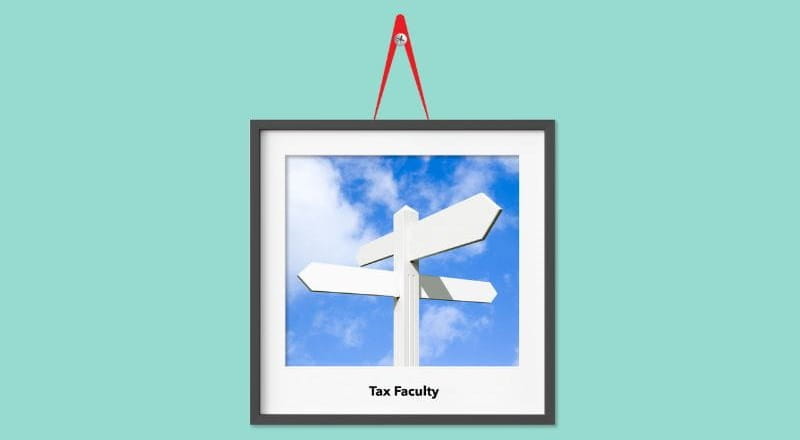Contributing to your CPD?
If this article is supporting your professional development, it can count towards your verifiable CPD hours. Use the pop up at the bottom right corner of your screen to add reading this article as an activity to your online CPD record.
HMRC is consulting on draft legislation and guidance setting out when and how a deemed employer’s PAYE liability may be reduced by tax and national insurance contributions (NIC) paid by a worker and/or their intermediary.
Under the 2017 and 2021 off-payroll working (IR35) rules, the client must determine whether the worker would have been an employee for tax purposes if the worker had not been working via an intermediary (eg, their personal service company).
Where it is subsequently determined that the status of a worker initially treated as self-employed should have been deemed employed, the deemed employer must pay the income tax and NIC due had the worker been treated as an employee. Currently, tax and NIC paid by the worker and their intermediary is not able to be offset against the deemed employer’s PAYE liability.
Legislation included in Finance Bill 2023-24 (cl 17) gives HMRC the power to deduct tax paid by the worker from the tax and NIC due from the deemed employer. This measure will come into force on 6 April 2024 with details to be set out in secondary legislation. Draft secondary legislation for tax and guidance on tax and NIC have now been published for consultation.
Key points include:
- HMRC can only apply a set-off if it is in receipt of a tax return which includes an amount of tax that appears to be referable to the deemed direct payment;
- the amount that can be offset will be the best estimate made by HMRC based on the information available to it;
- class 1 primary, class 2 and class 4 NIC paid by the worker may be offset against the deemed employer’s class 1 primary NIC liability, but not against the deemed employer’s class 1 secondary liability;
- where a set-off is applied, HMRC will issue a direction notice to the worker, the intermediary and the deemed employer or relevant person. It will set out the engagement to which the direction relates, the relevant tax years and the amount set-off; and
- the worker and their intermediary will have the right to appeal against the direction notice.
While new PAYE regulations are required to account for income tax and corporation tax, existing NIC regulations can be used to account for NIC already paid. Regulation 51 Social Security (Contributions) Regulations 2001 allows HMRC to treat class 1 primary and class 2 NIC that have been paid incorrectly as paid on account of contributions properly payable. Regulation 101 provides similar treatment for class 4 NIC.
The consultation is open until 22 February 2024. If you have comments on the draft legislation and guidance that could contribute to a response from ICAEW, please contact Lindsey Wicks.
The Tax Faculty
ICAEW's Tax Faculty is recognised internationally as a leading authority and source of expertise on taxation. The faculty is the voice of tax for ICAEW, responsible for all submissions to the tax authorities. Join the Faculty for expert guidance and support enabling you to provide the best advice on tax to your clients or business.
More support on tax
ICAEW's Tax Faculty provides technical guidance and practical support on tax practice and policy. You can sign up to the Tax Faculty's free enewsletter (TAXwire) which provides weekly updates on developments in tax.
Sign up for TAXwireJoin the Tax Faculty


